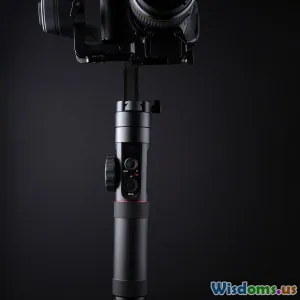
Analyzing Viral Movie Campaigns Lessons All Filmmakers Miss
15 min read Discover key lessons from viral movie campaigns that most filmmakers overlook and how to implement these strategies for successful film promotions. (0 Reviews)
Analyzing Viral Movie Campaigns: Lessons All Filmmakers Miss
Few film industry phenomena captivate audiences like viral movie campaigns. In an era where word-of-mouth and digital storytelling reign supreme, a meticulously crafted campaign can make or break a film's success. Yet, even as case studies are written and replicated, essential lessons are often overlooked by both novice filmmakers and established studios. By dissecting legendary viral campaigns and pinpointing commonly ignored strategies, this article reveals the hidden blueprints for cinematic buzz.[^1]
The Roots of Virality: Audiences Want Stories, Not Ads

Most filmmakers interpret viral marketing as a series of flashy social posts, trailers, and digital billboards. The truth is, what turns a campaign viral is not how much you share, but what you share. Audiences today crave stories—unexpected hooks that draw them into a world, not sales pitches.[^2]
The marketing campaign for "The Blair Witch Project" (1999) is an iconic example. Before "going viral" existed as a phrase, their campaign blurred the line between fiction and reality. With a barebones budget, the filmmakers released 'found footage' clips, fake news stories, and missing person posters. Viewers genuinely questioned the film's authenticity. This ambiguity made people want to discover more—and crucially, to discuss the mystery with friends. The campaign grew organically because every new artifact served a narrative purpose.
Takeaway: Instead of pushing plot points or shouting, "See my movie!", design campaign materials as extensions of your film's world. If you respect your audience’s intelligence and curiosity, engagement becomes a story-driven experience, not an obligation.
Immersive Worlds in the Digital Age

Viral film campaigns thrive on immersion, and modern technology amplifies these possibilities. The campaign for "The Dark Knight" (2008) remains a gold standard. Warner Bros. and 42 Entertainment launched an Alternate Reality Game (ARG) called "Why So Serious?" Audiences solved cryptic puzzles, received cakes with ticking cellphones inside, and unwittingly became players in Gotham’s intrigue.[^3]
Social media, microsites, and location-based hints converged into a scavenger hunt, blurring lines between screen and reality. By the film's release, millions were invested—not just in the Joker’s anarchic chaos, but as participants in it. Even those who didn't engage firsthand saw the viral effect ripple across media outlets and fandoms.
Missed Lesson: Many filmmakers reuse tired tropes—hashtags and meme challenges—without building immersive universes. Audiences today expect more. Integrate ARGs, transmedia stories, or interactive content that rewards curiosity with tangible experiences. If every touch point reveals a new aspect of your film, fans become co-authors of the narrative, propelling word-of-mouth far beyond what mere advertising can achieve.
Leveraging Micro-Influencers Over Mega-Stars
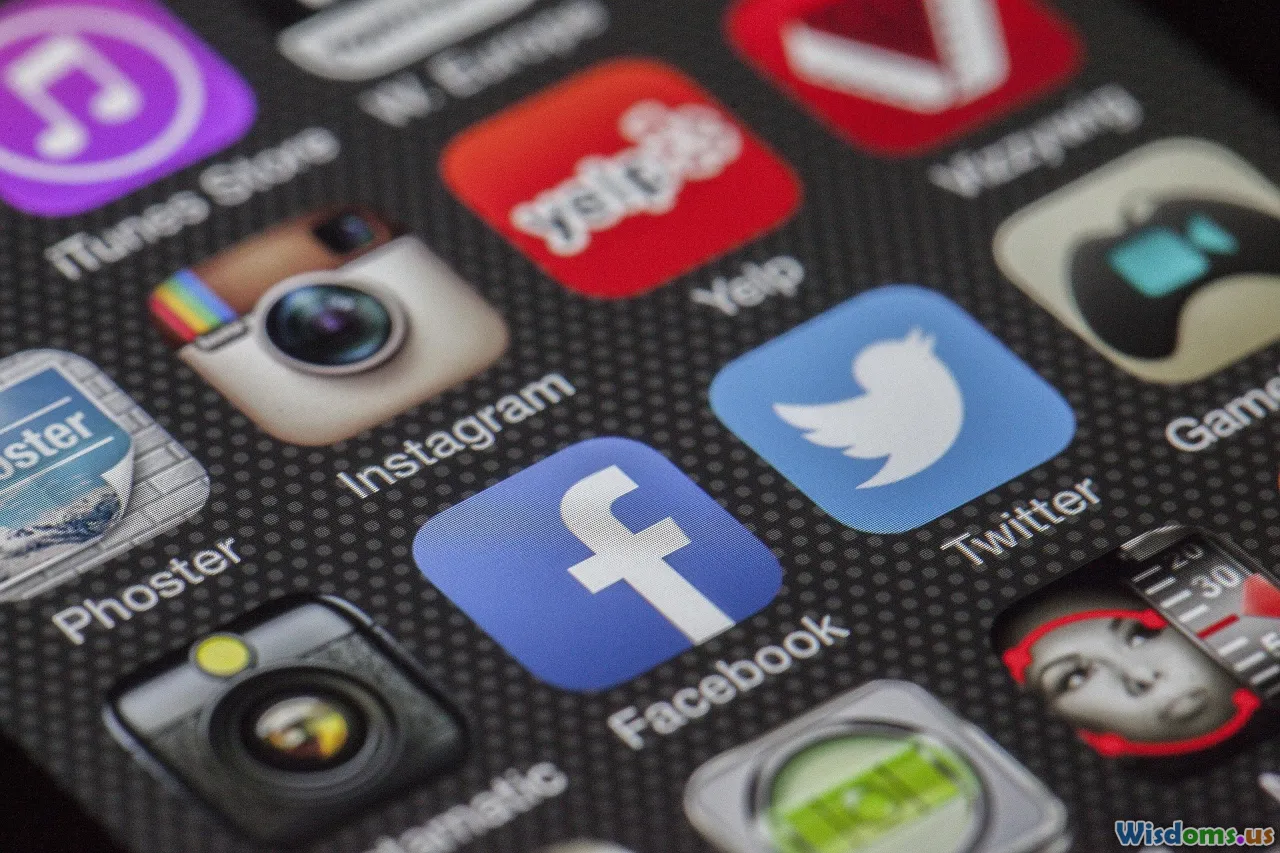
It’s tempting to throw your marketing budget at celebrities for maximum reach, but the era of the one-size-fits-all celebrity endorsement is fading. Micro-influencers—those with smaller, highly engaged communities—are often more trusted than Hollywood stars.[^4]
For "A Quiet Place Part II" (2021), Paramount collaborated with parenting YouTubers and ASL content creators, tapping niches that aligned with the film’s themes of silence and family. These targeted influencers drove genuine discussions about the movie’s representation of deafness and the experience of watching a silent horror film with family crowds. Engagement and anticipation surged, even among viewers who might otherwise have ignored big-budget horror sequels.
Tip: Research micro-communities that organically dovetail with your film’s concept, genre, or values. A single Instagram post from a niche tastemaker who speaks authoritatively to your audience can spark deeper conversations than a million likes on a star-studded feed.
Build Anticipation With Secrets and Slow Reveals
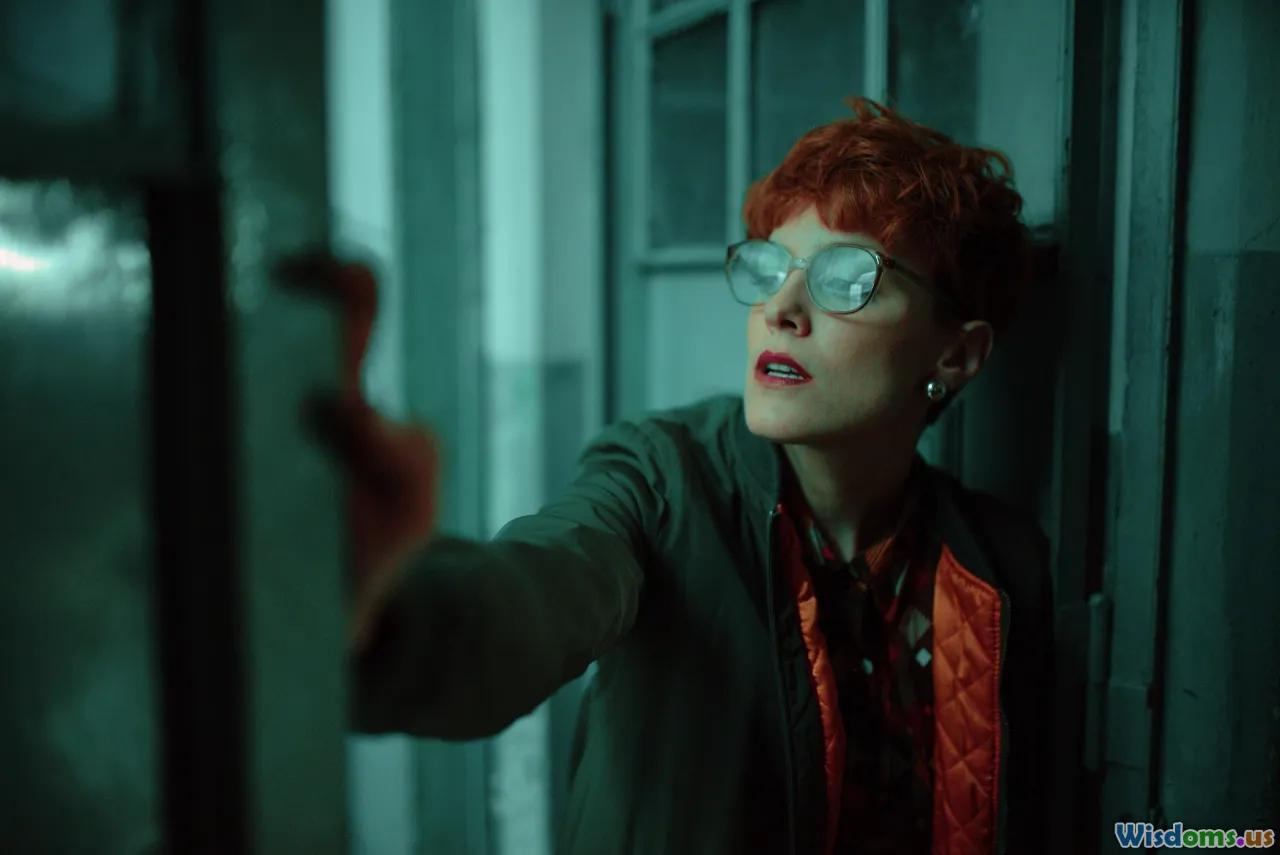
The most viral campaigns are masters of suspense. They reward patient audiences and stoke curiosity with well-timed reveals. Famously, "Cloverfield" (2008) dropped a cryptic, untitled trailer unannounced before "Transformers," showing chaos in New York City but revealing no plot details. Fans scrambled to piece together clues from domain registrations, viral videos, and enigmatic MySpace profiles.[^5]
The result? Months before release, forums buzzed with speculation and theory-crafting, even convincing people uninterested in monster flicks to tune in just to solve the puzzle.
Advice: Resist the urge to reveal everything in a single trailer or press drop. Design your campaign like an unfolding narrative. Each new element—a poster, a cryptic tweet, or an in-universe podcast—should deepen the intrigue, rewarding persistent fans and turning passive audiences into amateur detectives.
Use Real-World “Easter Eggs” to Fuel Peer-to-Peer Sharing
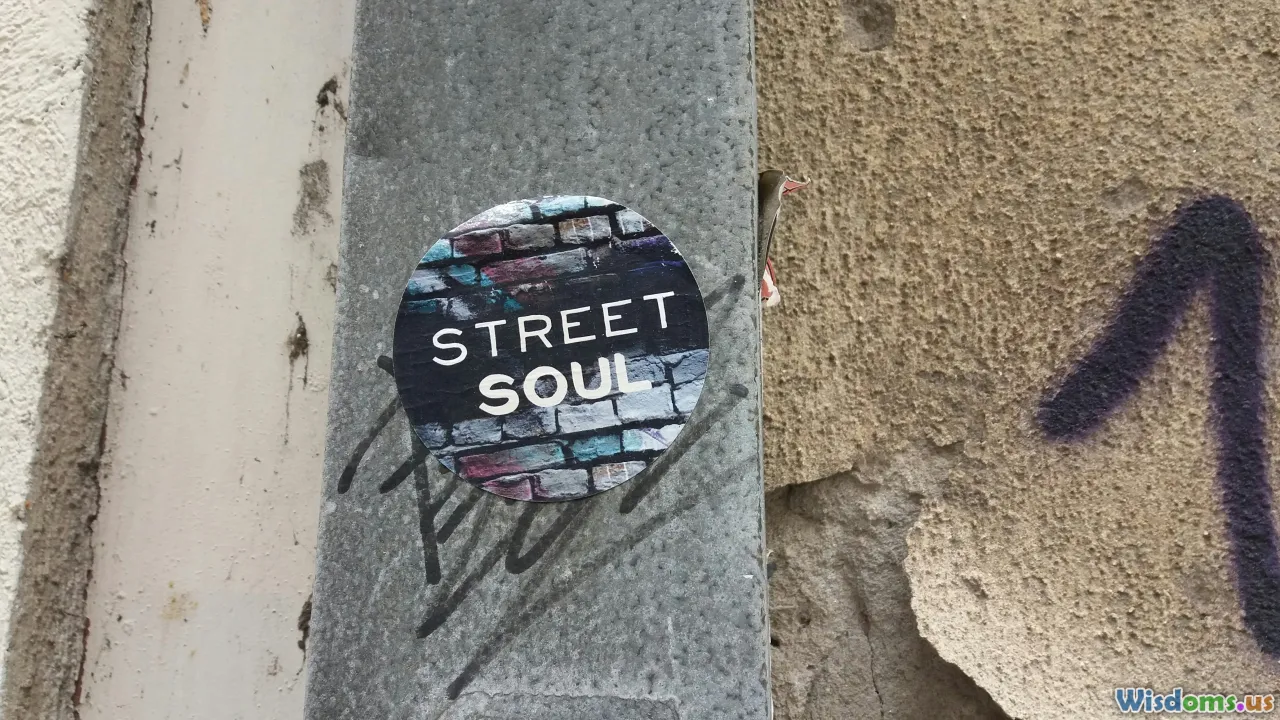
Scavenger hunts, hidden messages, and public installations invite audiences to participate and share organically. The viral energy doesn’t come from one post going supernova, but from countless individuals sharing tiny discoveries.
"District 9" (2009) put up posters in real cities with the text "This bus shelter is for humans only," and strange alien symbols. No context, no film title. The campaign put playful discomfort into the real world, leading commuters to take photos and ask questions online. Even those who had no prior interest in sci-fi became curious—what was this mysterious, possibly dystopian message?
How-To: Plant mini-mysteries in your promotional materials: QR codes on posters that lead to hidden scenes, geo-tagged surprises at festivals, or encrypted audio clips in your soundtrack. Give viewers a reason to engage, not as consumers, but as collaborators deciphering your secret language.
Authentic Engagement Vs. Engineered Hype
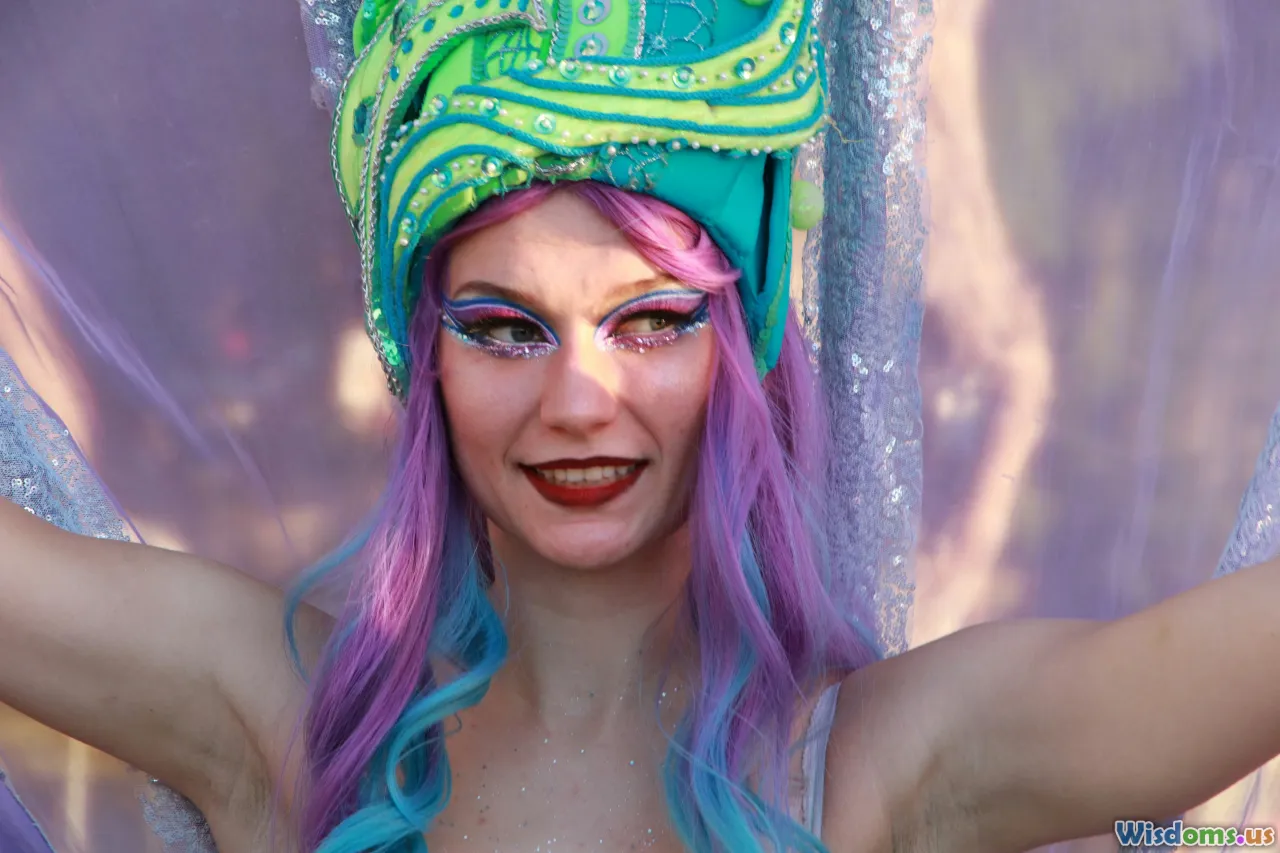
Going viral is sometimes confused with manufacturability, but real engagement can’t be faked. Campaigns that invite audience participation, rather than instruct it, build authentic relationships.
For "Deadpool" (2016), Ryan Reynolds' irreverent, in-character social media presence blurred lines between performer and promotion. Fans watched Deadpool interact with trending topics, memes, and pop culture events in real time, feeling like they were in on the joke, not being pitched to. Cosplayers, meme makers, and fan artists amplified the campaign because they were empowered to play.
Comparison: Contrast this with "Justice League" (2017), whose reshoot-heavy, generic media blitz fell flat. Bombastic trailers landed with a thud, while audiences snarked about forced hashtags and studio interference. Authenticity, not artifice, builds viral momentum.
Lesson: Empower your audience to express themselves. Run fan challenges, repurpose user-generated content, and celebrate outside-the-box responses. Viral campaigns live and die by how much fans are invited to build the mythos, however chaotic their interpretations.
When Going Viral Backfires: The Perils of Oversaturation

There’s a thin line between omnipresence and obsolescence. Some campaigns become so pervasive that they trigger backlash, dulling excitement and souring the brand.[^6]
The "Suicide Squad" (2016) campaign blitzed audiences across every medium for months: music tie-ins, garish trailers, endless merchandise. Early curiosity gave way to skepticism, fuelled by reports of forced edginess and misleading marketing (the darkly comedic tone in trailers clashed with the movie’s seriousness). Critics and early audiences turned popular skepticism into viral mockery, flooding Twitter with memes mocking the hype. The lesson? "Trying too hard" makes people want to see you fail.
Advice: Monitor sentiment carefully. If your campaign is everywhere but excitement is declining, shift gears or recede. Allow authentic anticipation to build in quieter channels. Let fans drive the final viral push, rather than overwhelming them with marketing noise.
Learning from International Virality: Local Stories, Global Audiences
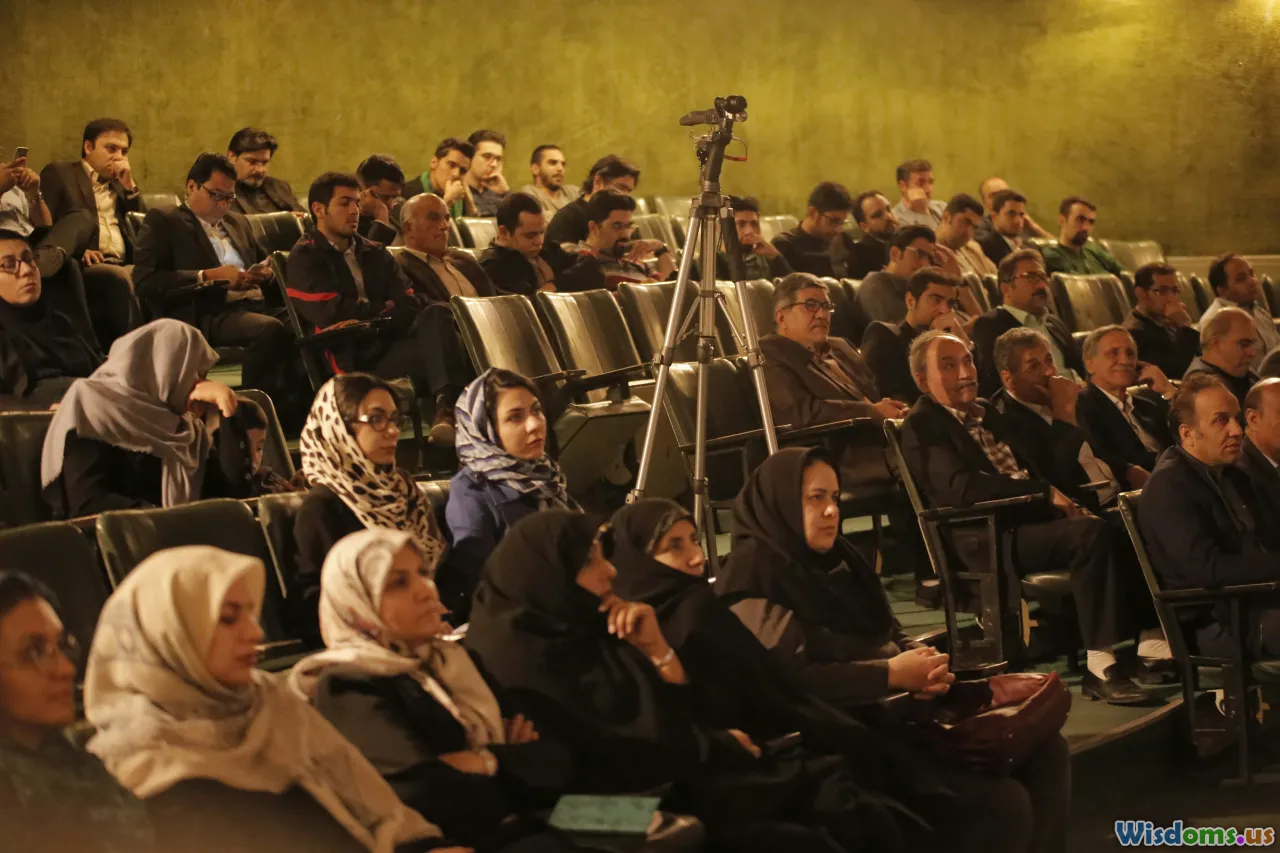
While Hollywood dominates the conversation, some of the most inspiring viral movie campaigns emerge globally. The Indian film "Kantara" (2022) built its buzz through hyper-local storytelling and regionally targeted marketing, even sending bikes with custom sound systems blaring the film’s music through small towns.[^7]
"Parasite" (2019) by Bong Joon-ho used targeted festival buzz, meme-able moments (the "Jessica Jingle"), and organic social sharing to conquer global markets. The lessons overlooked by many in the West: viral campaigns can be hyper-specific to local tastes, memes, and pop culture, crossing language barriers through authenticity and relatability.
Tip: Listen to local storytellers and embrace regional influencers. Empower native-language social media managers to craft their own viral formats. The world’s next "word-of-mouth sensation" could originate anywhere—if you trust local expertise to lead your global campaign.
Actionable Blueprint: How to Start Your Own Viral Movie Campaign

- Story First, Marketing Second: Develop campaign content as stand-alone narratives, not rehashed plot summaries.
- Design Interactive Touchpoints: Incorporate ARG elements, real-world clues, or social challenges that reward participation.
- Build Niche Relationships: Map out micro-communities, forums, and tastemaker influencers who genuinely align with your themes.
- Pace Your Reveal: Use countdowns, puzzles, and staggered content drops to cultivate intrigue and momentum.
- Celebrate Audience Creativity: Elevate fan art, theories, and grassroots memes. Let them build hype on your behalf.
- Read the Room: Track sentiment through analytics and fan discourse. Scale back if saturation sparks backlash.
- Go Local, Think Global: Adapt campaign tactics for different cultures—what works virally in Tokyo may need tweaks in Berlin or Bogotá.
This blueprint isn’t a guarantee of virality—no formula can bottle lightning. But it can situate your campaign for organic discovery and participation, making it far more likely that fans will do your marketing for you.
In the post-trailer, multi-screen, social-first world, true movie virality isn’t about screaming the loudest. It’s about whispering just long enough—cleverly, mysteriously, and inclusively—so that audiences earnestly shout for you. Filmmakers who absorb these oft-missed lessons and empower their audiences to co-create narrative experiences not only build hype, but cultivate culturally resonant movie moments no traditional campaign could ever manufacture.
[^1]: Jenkins, Henry. "Convergence Culture: Where Old and New Media Collide." NYU Press, 2006. [^2]: Fisher, Mark. “What Made The Blair Witch Project A Viral Phenomenon.” IndieWire, 2019. [^3]: Israel, Lee. “Inside The Dark Knight’s Viral Marketing Campaign For The Joker.” The Atlantic, 2009. [^4]: Statista Research Department, "Influencer Marketing Benchmarks: Engagement And ROI," 2023. [^5]: Horn, John. "Cloverfield’s Go Viral." LA Times, 2008. [^6]: McMillan, Graeme. "Overexposed: Suicide Squad’s Impossible Hype-Oppression." Hollywood Reporter, 2016. [^7]: Sharma, Rohan. “The Grassroots Genius of Kantara’s Word-of-Mouth,” Film Companion, 2022.
Rate the Post
User Reviews
Other posts in Film Marketing & Distribution
Popular Posts











